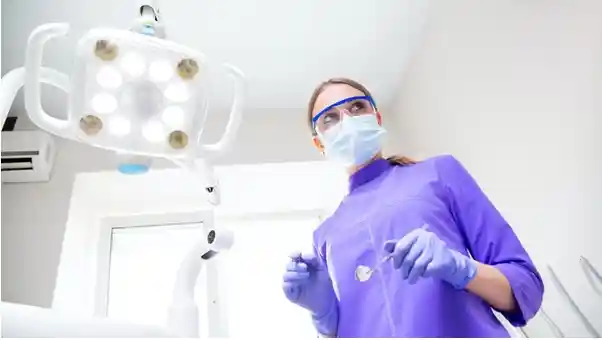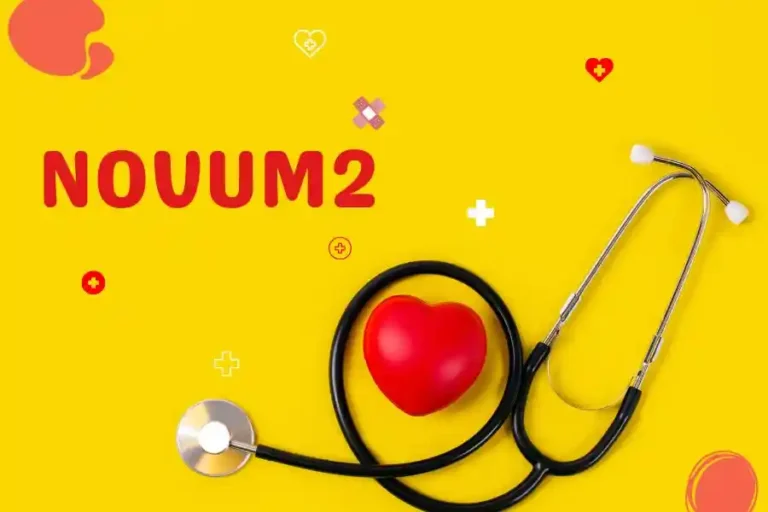Navigating the Stages of Oxycontin Detox and How to Stay Strong

Going through an Oxycontin detox? It’s not easy, but it’s totally worth it! This journey is made up of different stages. You might feel a bit scared, and that’s okay.
We’ve got your back! This guide will walk you through what you can expect at each stage. Plus, we’ll share some great tips on staying strong. So, buckle up and get ready to change your life for the better!
Stage 1: Early Withdrawal
The early withdrawal stage, often referred to as the “acute withdrawal phase”, usually kicks off within 6 to 14 hours after the last Oxycontin dose. During this stage, your body begins to react as it realizes that it’s no longer receiving the opioid it’s become dependent on.
Symptoms can be quite severe and may include anxiety, restlessness, and an increase in heart rate. Some people also experience excessive yawning, insomnia, and sweating. Despite these symptoms, remember that this phase is temporary and a necessary part of the recovery process.
How to Stay Strong in Early Withdrawal
This involves both mental fortitude and physical care. Hydrating frequently and maintaining a balanced diet can help alleviate physical discomfort. While mindfulness techniques and positive affirmation can fortify your emotional resilience.
Surrounding yourself with supportive individuals can also provide emotional strength. This is whether they are friends, family, or a supportive community. Remember, this phase is temporary. Each moment you brave through is a step towards a life free from Oxycontin dependence.
Stage 2: Peak Withdrawal Symptoms
This phase typically begins after 72 hours and can last up to a week. This period is often the most challenging part of the detox process as withdrawal symptoms reach their peak. You may experience the following:
- severe body aches
- stomach cramps
- nausea
- intense cravings for Oxycontin
Additional symptoms could include depression and agitation. Despite the harshness of this stage, it is crucial to remember that the discomfort you’re feeling is a sign that your body is healing.
How to Stay Resilient Through Peak Withdrawal Symptoms
This requires a combination of self-care practices and emotional support. Regular exercise, even as simple as daily walks, can help your body heal and cope better with physical discomfort.
Meditation and deep breathing exercises can also provide mental relief. It’s crucial to nourish your body with wholesome foods and stay hydrated to aid your body’s recovery process. Keeping a positive mindset is also vital – remind yourself often that these symptoms are temporary and a sign of your body healing.
Stage 3: Late Withdrawal
The late withdrawal stage is also known as the post-acute withdrawal phase. It starts about a week after discontinuing Oxycontin and can last several weeks or even months. During this stage, physical symptoms may lessen. However psychological and emotional challenges often persist.
You might experience mood swings, anxiety, or even bouts of depression. Cravings for Oxycontin can still occur, but typically with less intensity. It’s important to remember that these feelings are a part of the recovery process. It can be managed effectively with the right strategies.
Staying Strong and Managing Symptoms in Late Withdrawal
Staying strong during the late withdrawal stage hinges on robust self-care practices. It also hinges on a healthy emotional support system. Regular physical activity, a balanced diet, and adequate hydration are essential. This is because they help bolster your physical health and resilience.
It may be beneficial to seek professional psychiatric help if you’re dealing with mood swings, anxiety, or depression. Participating in support groups, either in-person or online, can provide a safe space to share your experiences. It draws strength from others who are on a similar journey.
Stage 4: Post-Acute Withdrawal Syndrome (PAWS)
Post-Acute Withdrawal Syndrome (PAWS) is the final phase of Oxycontin detox. This might come several weeks or even months after you cease taking the drug. The main characteristic of this stage is the persistence of psychological symptoms and fewer physical symptoms.
You might experience intermittent cravings for Oxycontin, but with successful management, these cravings will decrease in frequency and intensity over time.
It’s important to note the question of how long does oxycontin stay in your system varies from person to person. However, every day you stay Oxycontin-free is a significant step towards a healthier, drug-free life.
Strategies to Remain Resilient During Post-Acute Withdrawal Syndrome
Resilience maintenance during Post-Acute Withdrawal Syndrome (PAWS) necessitates a multimodal strategy emphasizing mental and physical health. Maintaining a healthy diet and engaging in regular exercise will help your body continue to heal from opiate withdrawal.
Mindfulness practices, like yoga or meditation, can assist in controlling appetites and psychological problems. Having a network of friends, family, or a recovery group around you can give you the emotional fortitude you sorely need.
Stage 5: Long-Term Recovery
The last and ongoing phase of beating an Oxycontin addiction is long-term recovery. At this point, the emphasis moves from just controlling the withdrawal symptoms to creating a new, better lifestyle and maintaining strength.
After the physical symptoms go away, your commitment to recovery doesn’t end; it’s a daily commitment to sobriety and wellness. During this phase, you will set new objectives, create healthy connections, and create coping mechanisms to keep yourself from relapsing.
Ensuring Strength and Sobriety in Long-Term Recovery
Maintaining sobriety and strength throughout long-term therapy requires a commitment to holistic welfare. This entails developing wholesome habits that will strengthen your physical and mental fortitude, like consistent exercise, a nutritious diet, and enough sleep.
Create a support system of individuals who will understand and motivate you to keep up your therapy. Take up therapeutic activities to help you manage your stress and negative emotions, such as writing, yoga, and mindfulness meditation.
Explore These Stages of Oxycontin Detox and How to Stay Strong
You did it! You’ve explored the stages of Oxycontin detox and learned ways to stay strong. It’s a tough journey, but you’re tougher! Just remember, each stage is a step forward to a healthier, happier you.
And don’t forget, it’s A-okay to ask for help! Loved ones, doctors, and support groups – they’re all there for you. You’re not alone in this. Every day you’re clean is a BIG win! So, keep on going and keep on being amazing!
If you want to explore the best topics, we’ve got you covered. Check out some of our other blogs today!





